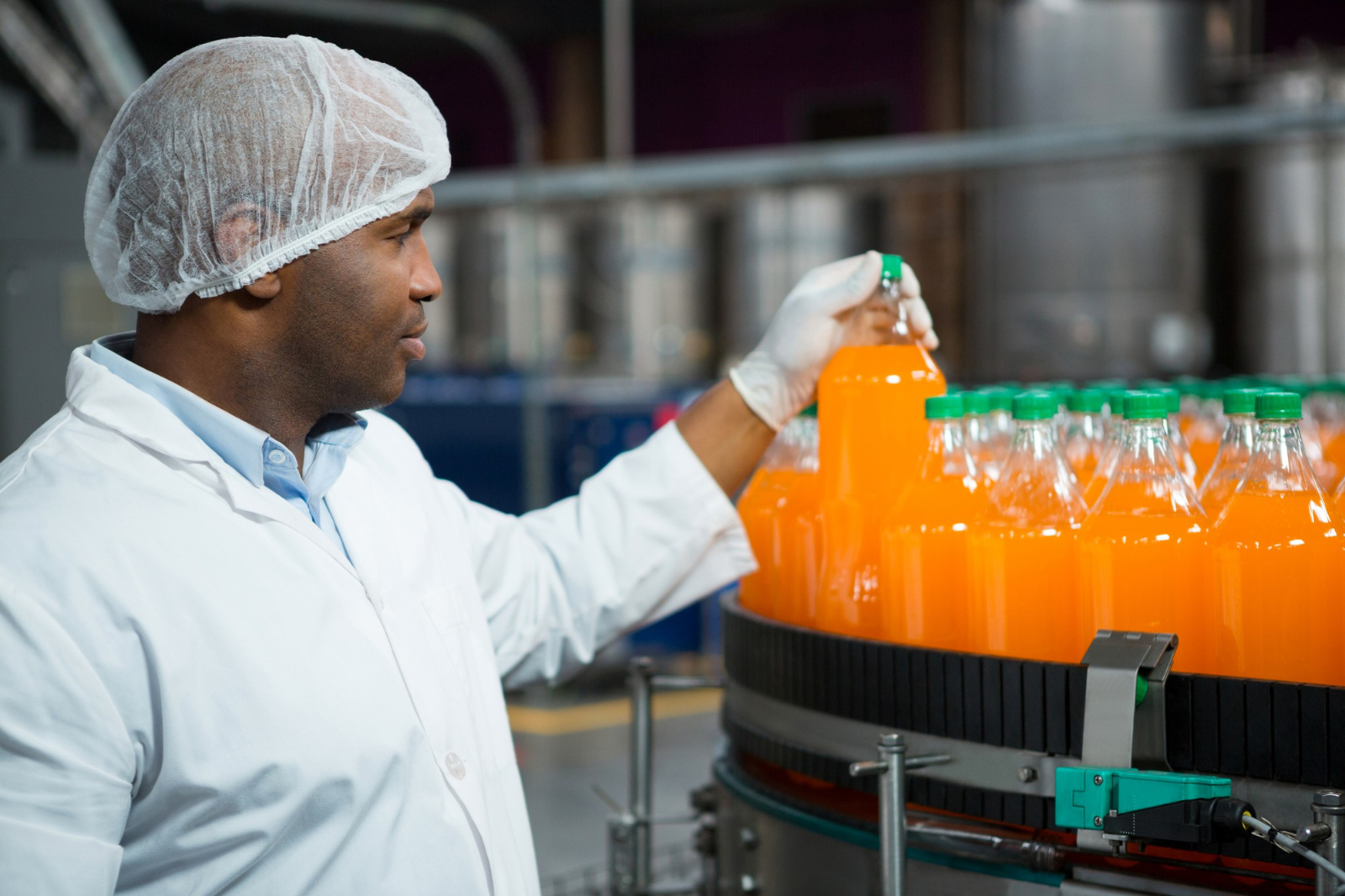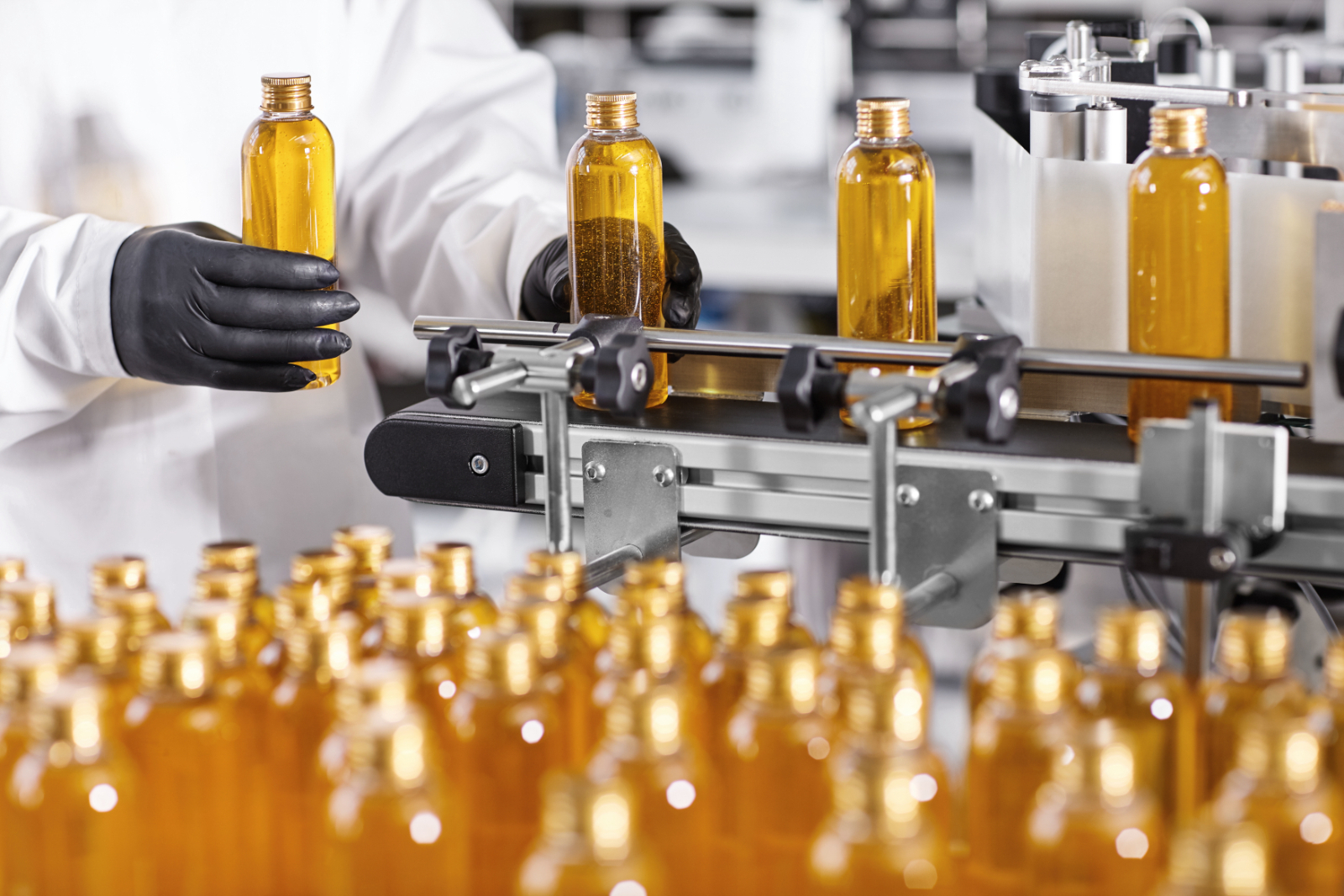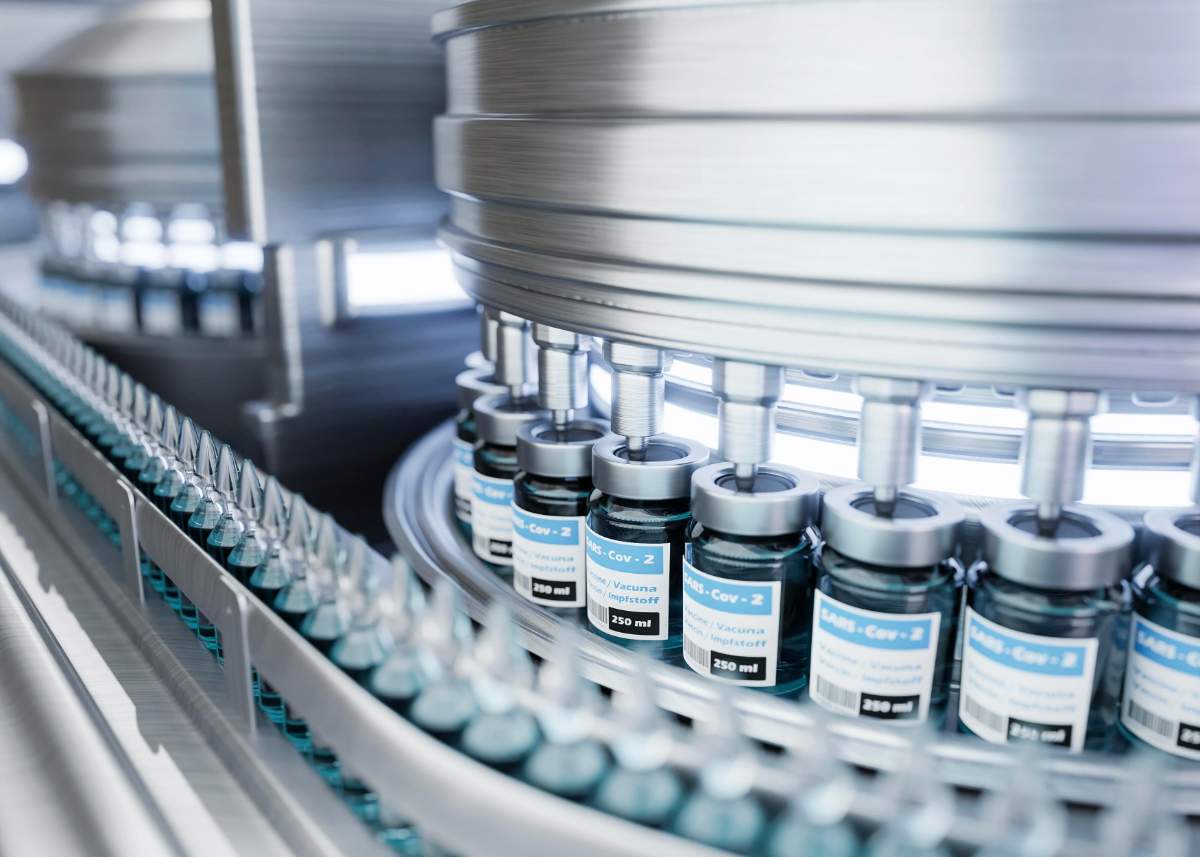Which is best automatic or manual capping machines? Explore the pros and cons of each type to make an informed decision tailored to your business needs. Get valuable insights into the advantages of automatic capping machines and manual options.
What is the difference between automatic, semi and manual capping machines?
Diving into the world of capping machines, you will come across three primary varieties - automatic, semi-automatic, and manual capping machines. The distinction between these types primarily rests upon the degree of automation they offer.
Manual capping machines require human intervention to place and secure the cap on the bottle or container. They make the process of managing smaller-scale production lines with varied bottle types easy and cost-efficient, but can be time-consuming.
Semi-automatic capping machines, on the other hand, are a hybrid between manual and automatic machines. They demand human input to place the caps on the containers. But once the caps are in place, the machine takes over, tightening the caps with precision and efficiency.
Automatic capping machines are true workhorses of high-volume production lines. Totally automated, they lift, place, and secure the caps on the bottles without any human interaction. From a single container to hundreds per minute, these machines are designed for optimal production efficiency.

Which industries benefit from manual capping machines?
Manual capping machines are incredibly versatile, proving advantageous across several industries due to their flexibility, reliability, and excellent functionality. Their unrivalled ability to handle a multitude of varied bottle types, shapes and sizes makes them truly indispensable in a number of sectors including agriculture, chemicals, cosmetics, and food and beverage processing.
One industry that heavily benefits from the use of these machines is agriculture.
In this sector, products like fertilisers, pesticides, and other agents often need to be stored in unique and varied containers. A manual capping machine with its adaptable functionality can easily accommodate these needs.-The machine ensures the secure seal and preservation of these products, maintaining their quality and prolonging their shelf life.
The manual capping technology is indeed a boon for industries like the chemical sector, that deals with an array of container shapes and sizes. The versatility of these machines proves perfect for secure sealing operations, making transportation and storage a hassle-free procedure. The mechanism is skillfully designed to adapt itself to various types of caps, adding an extra layer of convenience to operations. Continuing on it, this machinery prominently stands its ground in the cosmetics sector too.
In an industry marked by a spectrum of product packaging – ranging from petite perfume bottles to bulkier cream jars, the need for a versatile capping solution is non-negotiable. The manual capping machines efficiently handle this variety, adhering to industry standards and ensuring optimal sealing performance.
The ability of these machines to meet unique packaging requirements helps businesses in safeguarding product quality and enhancing customer satisfaction. Thus, manual capping machines prove integral to both the chemical and cosmetics industries.
In the food and beverage industry, the manual capping process ensures quality and safety of various products, ranging from juice bottles to jars of pickles. This method of bottle sealing is incredibly vital in maintaining the freshness and extending the shelf life of the products.
It also acts as a key enabler for small farms and local producers scaling their production, while ensuring their offerings stay of quality. Furthermore, the manual capping process presents these manufacturers with the opportunity to maintain their artisanal, handmade appeal. This, in turn, might carry a significant weight for consumers who prefer products with a 'homemade' touch, lending considerable competitive edge for the manufacturers within the market landscape.
Best Ways to Select Capping Equipment
When making a decision on a capping machine, businesses must evaluate not only their current production needs, but also the diversity of container and cap types they use. Additionally, it's vital to consider future expansion plans. This foresight can ensure the chosen machinery supports potential growth, optimising efficiency and productivity.
When considering the volume of products your business processes, it's essential to select the appropriate machinery. For businesses handling high-volume production, automatic capping machines can be the best choice to maximise operational efficiency and productivity. These machines keep the production pace high and consistent all day.
In contrast, if your business is more small-scale, perhaps producing a range of distinct products in various bottle types, a manual or semi-automatic machine could be the most suitable option. These machines offer more flexibility and are perfect for bespoke, smaller scale productions.
It's crucial to select the most compatible caps and containers for your machinery. This selection can significantly impact the efficiency and effectiveness of your production line. For instance, there are various cap types like screw-on, snap-on, or corks. Your machines may handle one kind better than others based on their design and function. Experimenting with different varieties can lead to finding the optimal solution that maximises your production process. Therefore, it's important to keep this factor in mind when designing a plan for your bottling or packaging system.
Finally, imagine the prospective scale of your business. If growth is a near-future probability, consider investing in an automatic capping machine. It may initially seem like a big outlay, however, as your operations expand, you will appreciate its efficiency. It could eventually prove to be a smart decision, increasing productivity and saving substantial time in the long run.
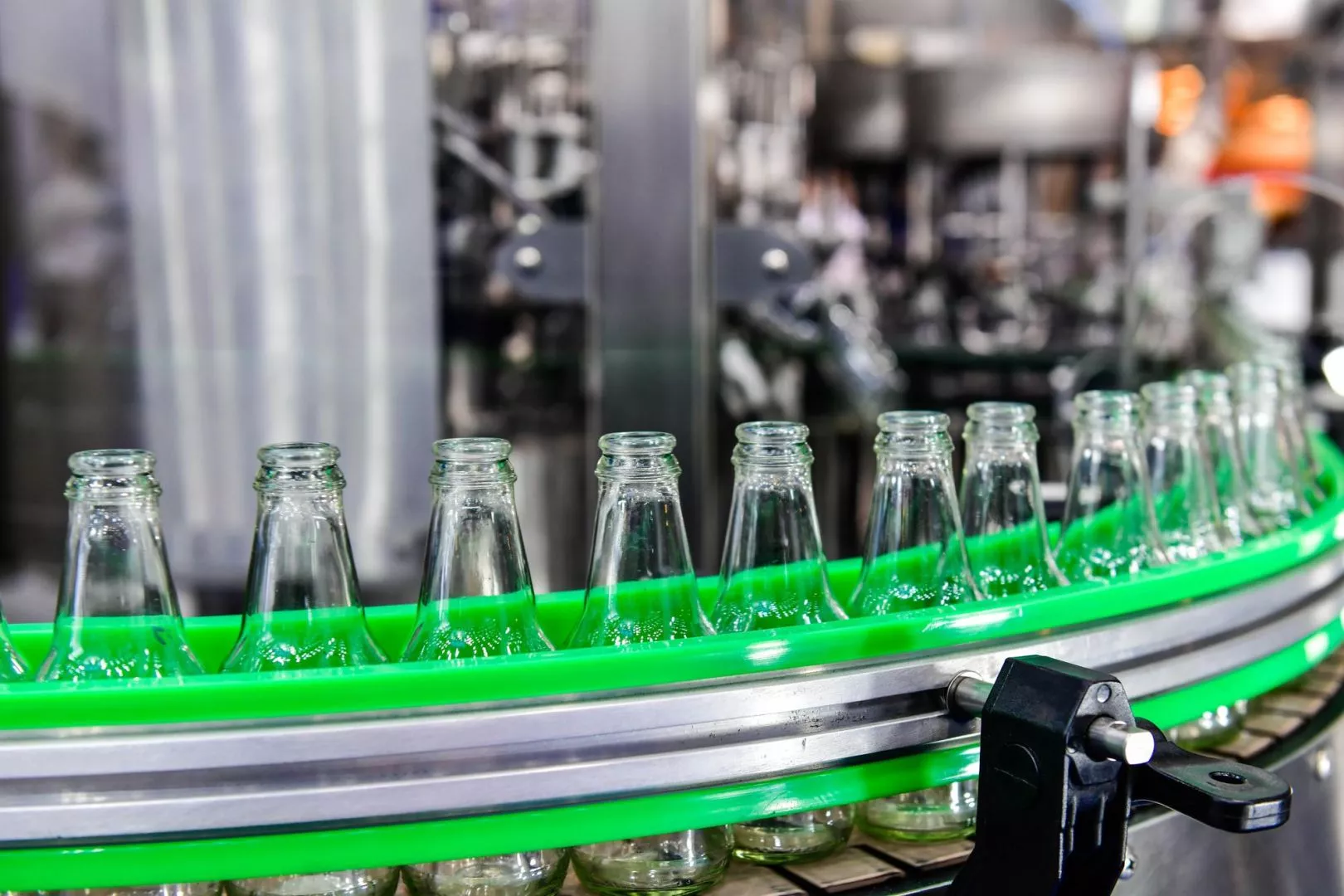
Selecting Capping Equipment

Avoid Problems
Difficulties in Manually Capping Bottles and How to Avoid Problems
Manual capping operations, while integral to many businesses, can present several challenges. It can be a slow and tiresome process, potentially resulting in inconsistent product caps which can negatively impact the packaging quality. However, certain measures can be taken to combat these challenges and ensure a smoother, more efficient operation.
An important first step would be investing in a manual capping machine that has been designed with ergonomics in mind. The ergonomic design reduces the physical strain of capping for the employees, which in turn, leads to better productivity and reduced fatigue, particularly during extended hours of operation. Moreover, training forms a crucial element in any manual capping operation.
It is essential to ensure that your team is adequately trained to operate the capping machine effectively and safely. A well-trained team can help in maximising productivity, while minimising the risk of injuries or errors during the operation.
Maintenance of the manual capping machine should not be overlooked. Regular inspection routines and preventative maintenance practices can keep the machine in good working condition. If not properly maintained, machine breakdowns could occur, leading to expensive repairs and substantial downtime which can disrupt the entire production line.
With timely maintenance, you can identify potential issues and attend to any repairs or replacements as soon as required. In summary, while manual capping can indeed be challenging, by investing in ergonomically designed machines, providing appropriate training, and implementing regular maintenance schedules, these challenges can be effectively managed for a more streamlined operation.
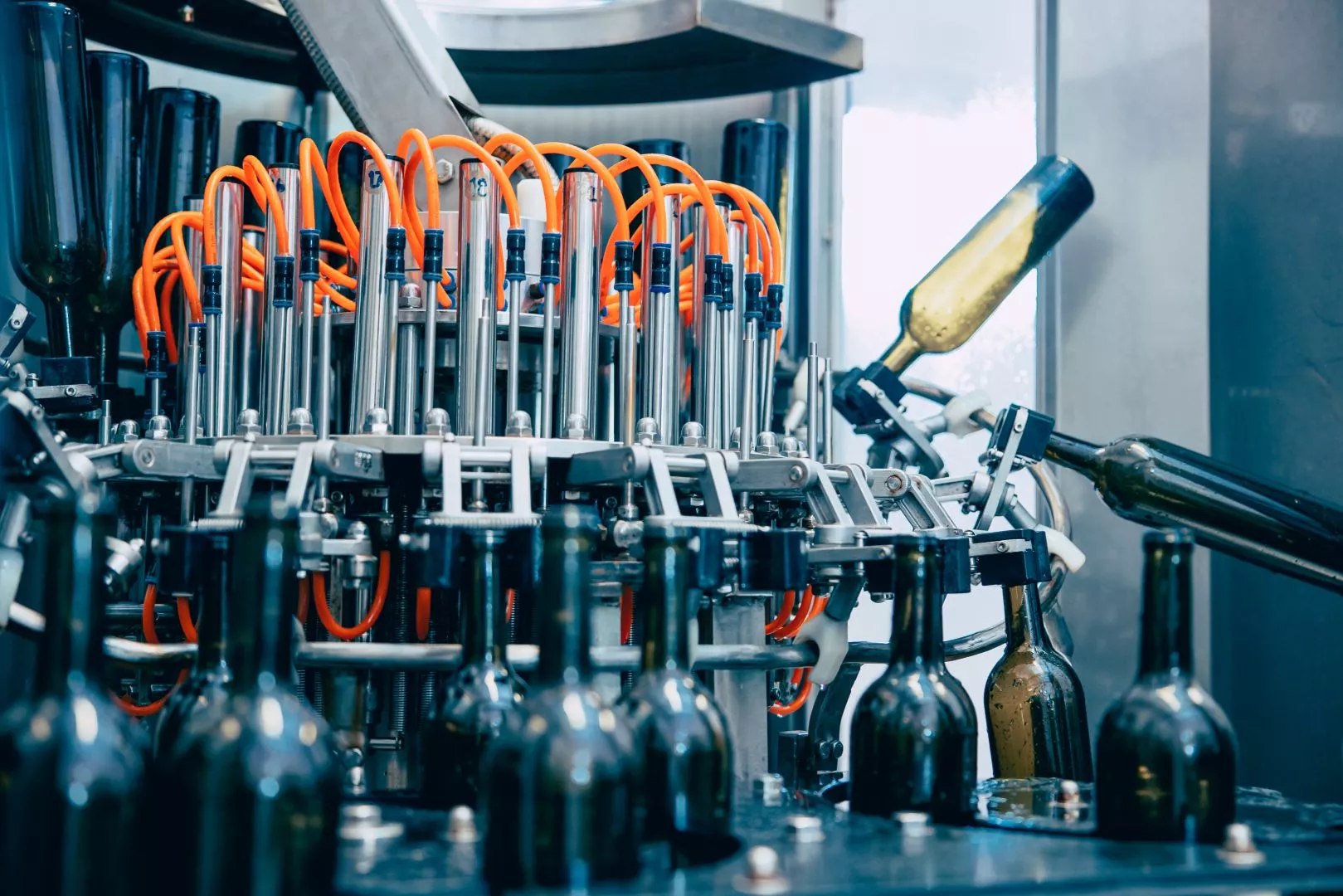
Which is more durable? Automatic or manual?
Durability is a key characteristic to consider when examining capping machines. Although the term's exact meaning may differ, durability as a universal concept involves longevity and resistance to wear and tear. Both manual and automatic machines have qualities that contribute to their robustness, provided they are correctly maintained and utilised.
Automatic capping machines, in particular, exhibit formidable strength. Primarily constructed to endure high-volume production runs, they reliably support businesses operating under demanding production schedules.
The components of these machines are engineered to accommodate fast-paced, incessant movement while upholding the performance standard.
On the other hand, manual capping machines also display a considerable degree of durability. The simplicity of their design allows them to have fewer moving parts, which subsequently reduces the risk of component wear or the need for replacements. Their inherent durability is realised through their uncomplicated design and construction.
In conclusion, automatic and manual capping machines each provide unique strengths and challenges. It's important to carefully evaluate your business requirements to ascertain which type of machine represents the best investment. Remember, at the heart of it all, these capping machines are intended to facilitate your production process, making it smoother, more efficient, and overall, more superior.
Are you looking for capping machines? Then call the experts at today. That’s not all, we undertake capping machine repair and sales. Get in touch with us if you have any queries.


